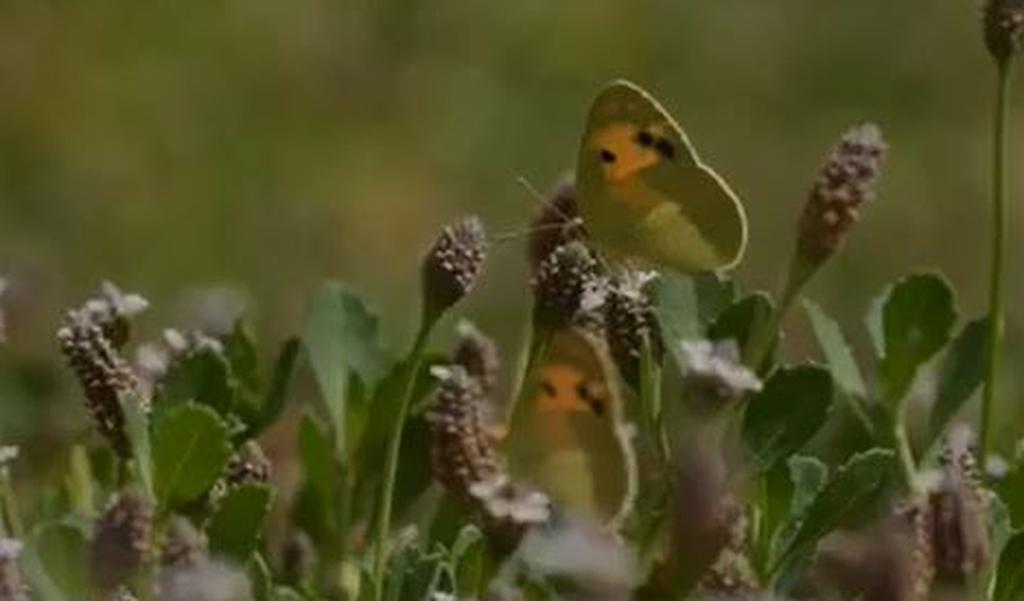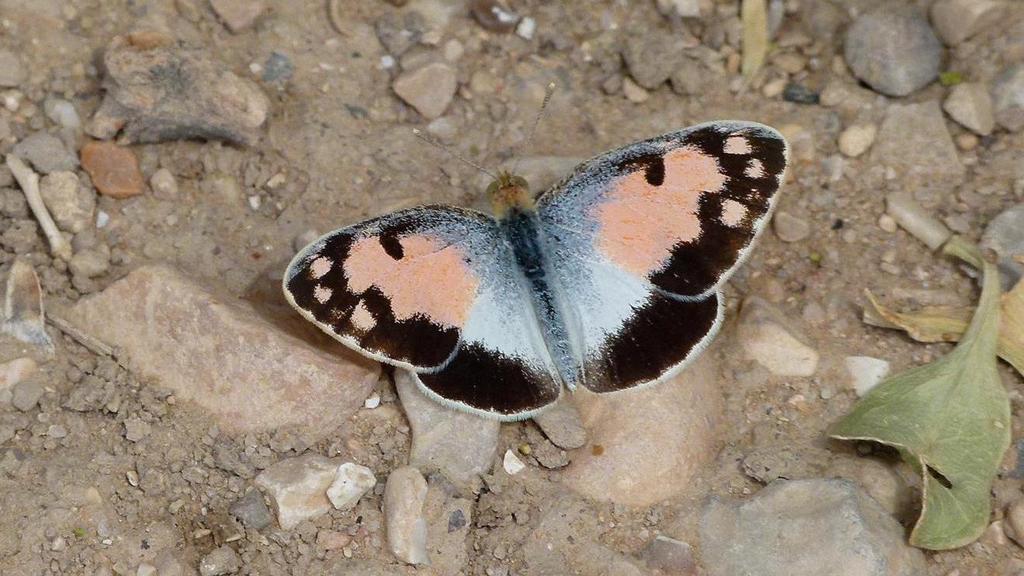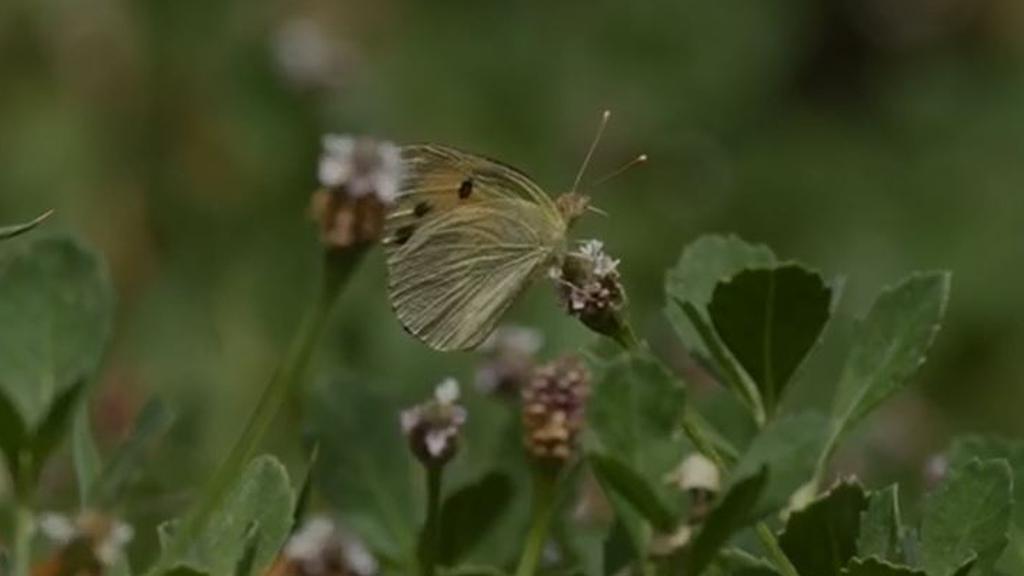The splendor of Eilat’s unique natural world is once more on display with the arrival of the blue-spotted Arab (colotis phisadia), a small butterfly identified by its multicolored wings.
Despite the prevalent heat, the kaleidoscope (group of butterflies) of blue-spotted Arab has overtaken the Salvadora plants dotting the Eilat Birdwatching Center, creating a spectacular swirl of colors.
The blue-spotted Arab gets both sustenance and shelter exclusively from the Salvadora plant, which in Israel is most commonly found in the south.
In 2018, a butterfly garden was established in the Birdwatching Center, attracting thousands of butterflies from a wide variety of species, including the blue-spotted Arab.
"Now is a great time to come to the park and watch the butterflies. The public is welcome, admission is free," says Noam Weiss, director of the International Birding and Research Center in Eilat.
Spotted-blue Arabs in Eilat
(Video: Noam Weiss)
According to Weiss, Eilat is blessed with multiple kaleidoscopes of butterflies as many species migrating between Africa and Europe make the southernmost city a sort of pit stop, just as birds do.
“The blue-spotted Arab does not migrate, but they do perform a lot of pollination,” says Weiss. “You can see in videos how they draw out the nectar and gather the pollen dust, thereby ensuring that migrating butterflies also have food when they arrive."
Avner Rinot of the Society for the Protection of Nature in Israel says the blue-spotted Arab can be distinguished by its small size, with a wingspan of 30cm, and unique color palette.
“The males are more colorful than the females, their front wings are orange-pink and the back is cream-blue, while the the base color of the female is uniform orange,” Rinot says.
“The butterflies are of Afrotropical origin, are common from tropical Africa to eastern India and will fly exclusively around their surrogate plant - the Salvadora persica.”
Rinot says that as the plant appears in scattered locations in Israel, so too does the spotted-blue Arab.
“The butterfly has several generations throughout a year, and in good conditions can be observed around the Salvadora all year round,” he says.
The Society for the Protection of Nature in Israel those who wish to see the spotted-blue Arabs can do so at Salvadora Reserve in the Jordan Valley, the Qumran National Park near the northwestern shore of the Dead Sea, Ein Gedi nature reserve and at Eilat's Birdwatching Center and Holland Park.






